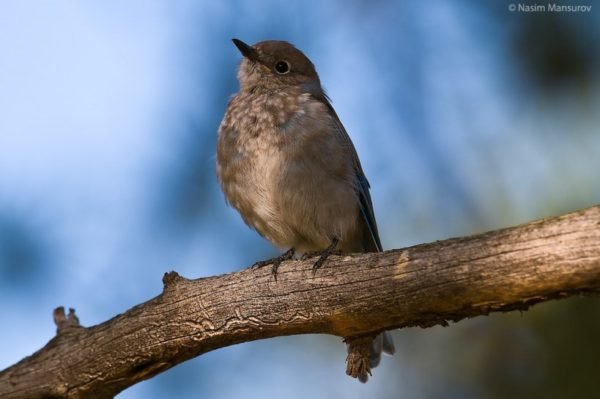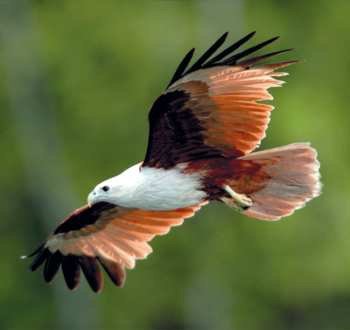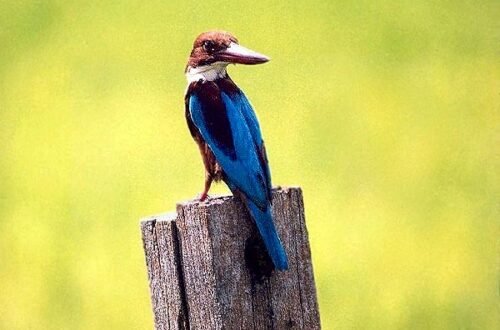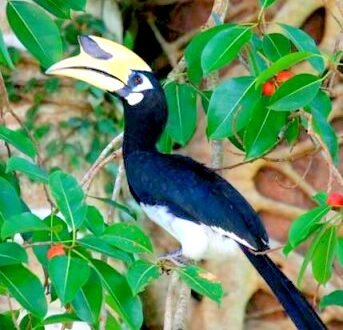
Capturing the Magnificence of Malaysia’s Birds
With more than 700 species of beautiful birds to grace Malaysia’s picturesque islands, travelers from all around the world are not only enticed to visit the region and experience the adventure of a lifetime, but are eager to capture visions of paradise by either brushstroke or lens. From the scenic vistas of the Pacific Ocean to soaring mountaintops covered in lush forest canopies, there are countless opportunities, especially for the avid bird-watcher who is chasing after that once-in-a-lifetime shot of a spectacular kingfisher – and wildlife enthusiasts don’t need to be a professional with the camera to take some first-rate photos.
Setting up the Right Equipment
For those looking to begin their adventure with a new set of equipment, researching long in advance of the scheduled trip is advisable so that the new user can not only find the right model which suits them, but can become accustomed to the different settings and how the camera responds to various conditions. Due to excellent technological improvements in digital, bridge and SLR cameras, models can be fairly compact, durable, and light – making them easy to carry, and protect. Finding the best protection for your equipment is essential, and keeping in mind the usability of this is also critical – for example, if you visit an area bustling with people, you’ll want gear which is sturdy and easy to handle but won’t present too many barriers when whipping out the lens for that sudden shot. Along with the recommended documentation, always be sure to purchase the right coverage for your model – not only for accidents or theft, but peace of mind as well. Most importantly, note that even insurance can’t cover the loss of some memorable moments – so try to take more than one memory card and spread out their usage so that in the event of a theft, you’ll still have some pictures left.
Getting into the Learning Process
These days it is possible to purchase a basic digital model such as the Panasonic Lumix series on a budget and be able to capture some excellent images. As well as learning the ins and outs of the camera, online resources like YouTube offer in-depth tutorials to provide extra insight into their workings, as well as courses on Photoshop which can reveal the some bewildering secrets of photo editing.
Most ideally, upon arrival at the destination it’s a good idea to learn about the characteristics of the area: where the sun will be at certain times of the day so that you can maximise your use of lighting, air moisture, terrain (can you navigate a demanding trail as well as using the camera?) and weather. Practicing some action shots for birds which are quick and flighty and being able to quickly adjust settings between shots, such as increasing exposure in a darker area, will help for when the real deal comes round.
Focusing on the Winged Beauties
As a guest in their habitat, always familiarize yourself with the species which are present and respect their distance. Happy wildlife is the best wildlife for photography, and here patience is paramount. Even if it is a matter of waiting hours in virtual quiet save for the melody of bird call around you, that perfect shot will make it worthwhile. Bird sanctuaries are the most optimal places for enjoying a wide selection of species which vary depending on season, offering comfortable observation posts and experts who can provide lots of information.
Nasim Mansurov offers excellent advice on how to work a Nikon while photographing birds, covering everything from shutter speeds and ISO settings to how to approach birds and edit the photo after it has been produced. This is one of the most detailed guides available on the web and can be adapted for other models too. Ultimately, it’s all about getting to know the tools and tricks of the trade by experience and finding out what best works for you personally.
Keeping it Green
Due to the nature of bird photography, supporting ecotourism is fairly straightforward. If on a group tour, researching the organization and making sure that their practices are environmentally-conscious and leave minimal impact as well as promoting awareness and appreciation for the region and its local, indigenous communities is a good idea. Once these essentials are covered, you are set for an experience of a lifetime – and one which will be immortalized on film (so to speak!) as well as in mind and spirit.
Missi Davis




